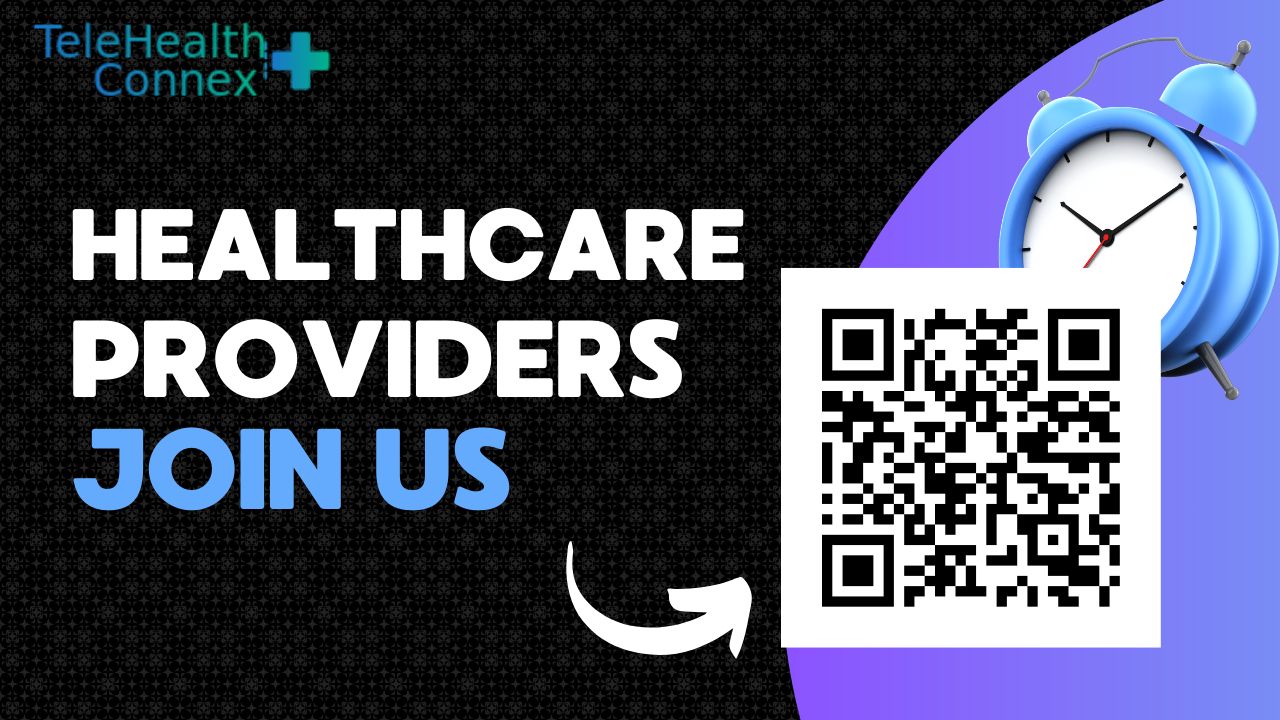This innovative approach can involve a variety of applications and services using two-way video calls, email, smartphones, wireless tools, and other forms of telecommunications technology.
Here are some key aspects of telehealth:
Remote Clinical Services
Often referred to as telemedicine, this includes doctor consultations and patient monitoring through digital platforms. Patients can use telehealth to consult with healthcare providers for diagnosis, treatment, follow-up appointments, and to discuss test results.
Remote Patient Monitoring (RPM)
This allows healthcare providers to monitor patients' health data remotely, typically using devices that collect data on vital signs, blood pressure, heart rate, glucose levels, etc.
Mobile Health (mHealth)
The use of smartphones and tablets to support public health and medicine, which includes health-related apps and wearable devices that track health data.
Store-and-Forward Telehealth
This involves sharing a patient’s health information, like lab reports or imaging studies, with a healthcare provider at a different location for evaluation.
Teletherapy or Telepsychiatry
Offering mental health services remotely. This has become particularly popular and essential for providing ongoing mental health care.
Education and Training for Healthcare Professionals
Using telehealth platforms for training purposes, professional consultations, and continuing education.
Telehealth offers numerous benefits, including increased accessibility to healthcare for people in remote or underserved areas, convenience, reduced travel time, and sometimes lower costs. It also plays a critical role in managing public health, especially during times like the COVID-19 pandemic when minimizing physical contact is necessary.
However, telehealth also faces challenges like ensuring patient privacy and data security, requiring access to technology, and navigating varying regulations and reimbursement policies. Despite these challenges, telehealth continues to grow and evolve, playing an increasingly important role in the global healthcare system.
What is Telehealth?
Telehealth refers to the use of telecommunication and digital technologies to provide and receive health services remotely. It includes a wide range of practices, from medical consultations via videoconference to remote patient monitoring and medical education. Originally developed to serve patients in rural and underserved areas, its use has significantly expanded to a variety of specialties and settings.
Growth and Perception of Telehealth
The use of telehealth has grown significantly in the United States in recent years, largely driven by the COVID-19 pandemic. This growth has been facilitated by the need to maintain continuity of medical care while minimizing the risk of virus transmission. Patients and providers have enjoyed the benefits of telehealth, which include easier access to quality care and reduced costs. However, the medical community is still working to find the perfect balance between technology and in-person care.
Benefits of Telehealth
- Improved Accessibility: Allows patients to receive care without physically traveling, especially beneficial for those in remote areas or with reduced mobility.
- Cost Efficiency: Potentially reduces healthcare spending by decreasing unnecessary emergency visits and prolonged hospitalizations.
- Convenience and Patient Satisfaction: Provides greater comfort and reduces stress associated with traditional medical visits.
Ethical Challenges and Barriers
Telehealth faces several ethical challenges and barriers:
- Ethical aspects: It is crucial to maintain a high ethical standard in the practice of telehealth, which includes patient confidentiality, informed consent, and equity in access to technology.
- Regulatory and legal barriers: There are significant variations in regulations and guidelines for the practice of telehealth, which can create confusion and legal issues.
- Reimbursement and insurance coverage: The lack of significant reimbursement from Medicare, Medicaid, and commercial insurance plans has been an obstacle to its widespread adoption.
Telehealth in Primary Care
Despite its increasing use in secondary and tertiary health services, telehealth in primary care still has a long way to go. It can be used for various purposes in primary care, deploying a full range of communication channels available to the public. However, implementing telehealth in primary care faces challenges from technical, organizational, and human perspectives.
Conclusion
Telehealth is an effective and efficient tool that improves access and outcomes in medical care, but several obstacles remain to be overcome. As patients and providers become more adept and comfortable with technology, its acceptance is expected to continue increasing. Telehealth, once limited only to rural or remote communities, is now increasingly used to expand the geographical reach of health services and improve access to care.
In the modern era of medicine, telehealth has emerged as an essential tool, offering health services through audio and video technologies. This modality has not only seen exponential growth in the United States but also has significantly altered how healthcare is accessed and delivered. This article explores the multifaceted dimensions of telehealth, including its benefits, ethical challenges, applications in primary care, and the obstacles it still faces.
References
- Manocchia, A. (2020). Telehealth: Enhancing Care through Technology. R I Med J.
- Chaet, D., Clearfield, R., Sabin, J. E., Skimming, K. (2017). Ethical practice in Telehealth and Telemedicine. American Medical Association.
- Beheshti, L., Kalankesh, L. R., Doshmangir, L., Farahbakhsh, M. (2022). Telehealth in Primary Health Care: A Scoping Review of the Literature. Perspect Health Inf Manag.
- Gajarawala, S. N., Pelkowski, J. N. (2020). Telehealth Benefits and Barriers. Health Policy.

